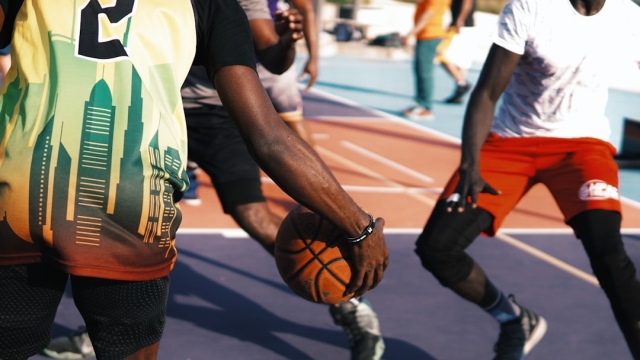The world of activewear is evolving rapidly, driven by the demand for clothing that not only performs well but also aligns with the values of sustainability and innovation. As consumers become more conscious of their environmental footprint, the focus on innovative activewear design has intensified. Brands are now challenged to create garments that combine functionality, comfort, and eco-friendliness. This article explores the critical aspects of activewear design, highlighting sustainable materials, cutting-edge technologies, and leading brands that are setting benchmarks in the industry.
The Role of Sustainable Materials in Activewear Design
Sustainability has become a cornerstone of innovative activewear design. Many brands are now prioritizing eco-friendly materials that reduce environmental impact without compromising performance. Fabrics made from recycled plastics, organic cotton, and bamboo are gaining traction as viable alternatives to traditional materials. These sustainable options not only help to conserve resources but also offer unique benefits in terms of breathability and comfort. For instance, brands like Patagonia and Girlfriend Collective are leading the charge by using recycled polyester in their activewear. This material not only diverts waste from landfills but also provides excellent moisture-wicking properties, making it ideal for high-intensity workouts. Additionally, some companies are experimenting with plant-based fibers that offer natural antibacterial properties, enhancing the overall performance of the garments.
Innovative Technologies Enhancing Performance and Comfort
Beyond sustainable materials, innovative activewear design incorporates advanced technologies that enhance both performance and comfort. Key features such as moisture-wicking, breathability, and temperature regulation are essential for athletes and fitness enthusiasts. Moisture-wicking fabrics draw sweat away from the body, ensuring that individuals stay dry and comfortable during intense physical activity. Brands are continuously improving this technology, developing fabrics that not only manage moisture but also dry quickly. Furthermore, temperature-regulating fabrics adjust to the wearer’s body heat, providing warmth when needed and cooling properties during strenuous workouts. Compression technology is another significant advancement in activewear. This feature not only supports muscles during exercise but also promotes recovery post-workout. Athletes often report improved performance and reduced fatigue when wearing compression garments, which is a prime example of how innovative design can significantly impact training outcomes.
Case Studies of Brands Leading the Way in Activewear Innovation
Examining specific brands that excel in innovative activewear design can provide valuable insights into what consumers should look for in the market. One standout is Lululemon, renowned for its commitment to quality and performance. The brand has pioneered the use of its proprietary fabric, Luon, which combines comfort with moisture-wicking properties. Lululemon is also making strides in sustainability by incorporating recycled materials into its product lines and exploring more eco-friendly manufacturing processes. Another notable brand is Outdoor Voices, which emphasizes inclusivity and versatility in its activewear. Their approach includes using innovative fabrics that cater to a variety of activities, from yoga to running. They also focus on creating a community that encourages movement, aligning their brand ethos with a broader lifestyle of health and wellness. A third example is Allbirds, which has made waves in the activewear scene with its commitment to sustainability. By utilizing materials like merino wool and eucalyptus tree fibers, Allbirds offers a range of activewear that is both eco-friendly and incredibly comfortable.
| Brand | Key Innovation | Sustainable Material |
|---|---|---|
| Patagonia | Recycled Polyester Activewear | Recycled Plastics |
| Lululemon | Proprietary Luon Fabric | Recycled Materials |
| Outdoor Voices | Versatile Fabric Technology | Eucalyptus Fibers |
| Allbirds | Merino Wool Activewear | Natural Fibers |
In conclusion, the landscape of activewear is being shaped by innovative activewear design that prioritizes functionality, comfort, and sustainability. By embracing eco-friendly materials and advanced technologies, brands are not only meeting the demands of consumers but also contributing positively to the environment. Whether you are an athlete or someone who enjoys an active lifestyle, understanding these principles can help you make informed choices about your activewear purchases. As the industry continues to evolve, keeping an eye on these innovations will ensure that you are equipped with the best gear for your pursuits. For more information about sustainable activewear options, explore resources that showcase eco-friendly fabric choices and practices.

